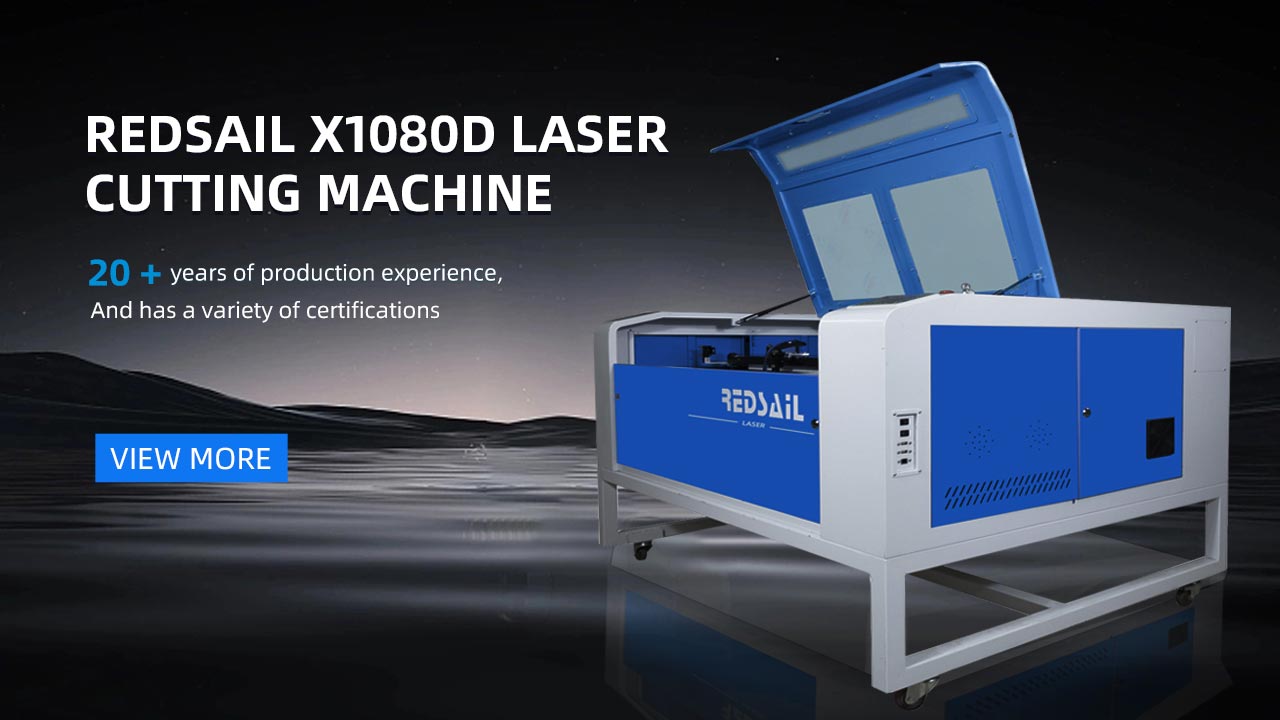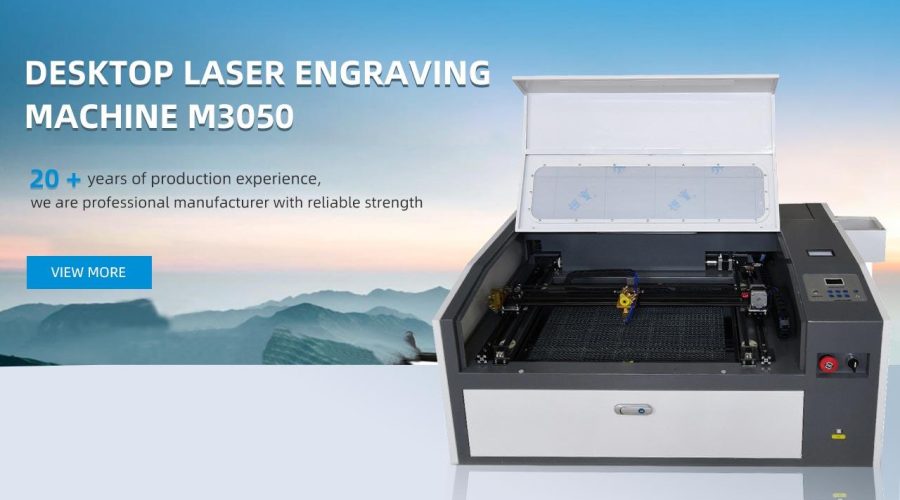What to Consider When Using a Laser Cutter for Wood and Acrylic
Introduction
When working with wood and acrylic, using a laser cutter can be a game-changer. It allows for precise and intricate cuts, making it a popular choice for craftsmen, artists, and designers. However, before diving into your first laser cutting project, there are several important factors to consider to ensure a successful outcome.
Choosing the Right Laser Cutter
Investing in the right laser cutter is crucial for achieving desired results. Here are a few factors to consider:
- Power and Capability: Determine the power and capability required for your intended projects. Different laser cutters have varying power levels, speed, and bed sizes. Consider the thickness and hardness of the wood or acrylic you plan to cut.
- Software Compatibility: Make sure the laser cutter you choose is compatible with the software you’re comfortable using. Some laser cutters come with their own dedicated software, while others can work with third-party software.
- Budget: Establish a budget range and stick to it. Laser cutters vary significantly in price, so choose one that offers the features you need within your budget.
Material-Specific Considerations
Both wood and acrylic require specific considerations when using a laser cutter:
Wood
Wood is a versatile material that can be shaped and engraved using a laser cutter. However, there are a few important points to keep in mind when working with wood:
- Wood Type: Different types of wood have varying densities and burn characteristics. Softwoods, such as pine or balsa, require lower laser power and higher speed compared to hardwoods like oak or walnut.
- Wood Preparation: Ensure the wood is properly prepared before cutting. Remove any lacquer, paint, or glue residue, as they can produce harmful fumes and potentially damage the laser machine.
- Focus and Depth: Adjust the focus and depth of the laser beam to ensure precise cutting or engraving. Take into account the thickness of the wood and the desired effect.
Acrylic
Acrylic, also known as Plexiglas or acrylic glass, is popularly used in various industries due to its transparency and durability. Here are some things to consider when using a laser cutter on acrylic:
- Acrylic Type: Ensure you’re using cast acrylic rather than extruded acrylic. Cast acrylic produces better laser-cut edges and avoids potential damage to the machine.
- Masking and Cleaning: Apply masking tape to both sides of the acrylic sheet to protect it from scratches and eliminate the need for extensive cleaning. After cutting, gently remove the masking tape to reveal clean edges.
- Air Assist and Cooling: Use an air assist system to blow compressed air onto the cutting area. This helps to remove debris and keep the material cool during the laser cutting process, preventing melting and warping.
FAQs
Q: Can laser cutting wood and acrylic release toxic fumes?
A: Yes, cutting wood or acrylic with a laser cutter can release toxic fumes. It is crucial to have proper ventilation and take additional safety precautions, such as wearing a mask and using a fume extraction system.
Q: Can any laser cutter work with both wood and acrylic?
A: Not all laser cutters are designed to cut both wood and acrylic. It’s important to select a laser cutter that is compatible with both materials and has the necessary power and settings for each specific material.
Q: Can laser cutting leave burn marks on wood or acrylic?
A: Laser cutting can leave burn marks on wood and acrylic surfaces. However, with proper adjustments to power, speed, and focus settings, you can minimize or eliminate burn marks on your materials.





